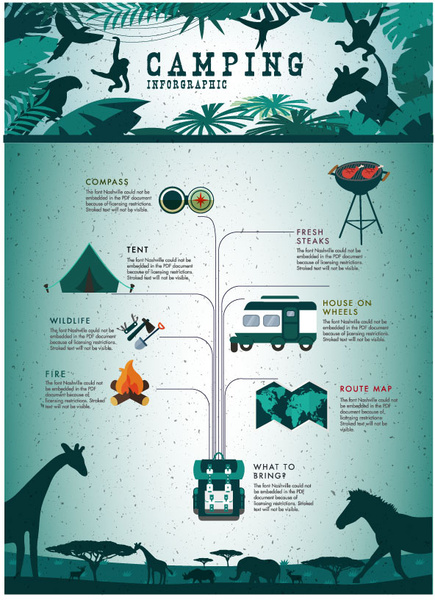Capturing incredible photographs of the night sky requires careful preparation. Checking the weather forecast for clear skies is crucial, as is knowing what time the moon rises and establishes.
Beginning by readjusting your electronic camera to hand-operated capturing setting. Take a number of test shots with various ISO, aperture and shutter speed settings to see what functions ideal.
Electronic camera
A standard DSLR cam with a large lens works well for night-sky photos, but any electronic camera with a huge sensing unit and a hands-on focus setting should work. The fundamental part is that the electronic camera can be set to fire in RAW style, which permits optimum flexibility when editing and enhancing.
Relying on the wanted impact, you may want to take several direct exposures and afterwards combine them in post-processing. This can be useful if you're firing both a foreground things (like a lake, tree, automobile or a building) and the night skies and require to expose each at different setups.
You can additionally explore long-exposure shots that show celebrity routes. This can be accomplished by centering your frame on the North Star and making use of a shutter rate lasting for a number of minutes. This develops impressive arcs and vortex-like circles of light around your topic. It can be time consuming, but the outcomes are spectacular!
Lens
One of one of the most crucial consider night skies photography is choosing the appropriate lens. A high resolution, large angle lens will help you record as lots of stars and the moon in your picture as possible.
You will certainly likewise need a tripod to stop video camera shake during lengthy direct exposures. It is also advised to fire in RAW mode, which will certainly provide you much more latitude in post-processing.
Another variable is timing. It is best to plan for when the Milky Way will certainly increase or set relying on your place. There are numerous applications and websites to aid with this consisting of PhotoPills.
Finally, it is excellent to have a fascinating foreground in your picture to add deepness and contrast. Making use of fascinating rock formations, structures or even individuals can add a feeling of scale to your picture and make it more impactful. tent you can live in Your make-up ought to additionally abide by basic photo concepts, such as the rule of thirds and locating leading lines.
Shutter Speed
The shutter is the part of your electronic camera that sits in front of the image sensor and opens up and near to tape a direct exposure. Its speed influences how much light your photograph obtains-- the faster it is, the much less light gets in.
A slower shutter speed permits much more light in, yet likewise obscures any activity that happens throughout the direct exposure, which works for recording star tracks and various other effects such as a lengthy exposure to produce a beautiful evening skies.
With the best tools, it's feasible to create images that are practically as brilliant as daytime and still have the ability to capture dazzling details of the Galaxy and stars. For optimum clarity, try to obtain as far away from communities and cities as feasible and check internet sites such as this one for cloud maps and dark skies.
ISO
Choosing an ISO setup is a critical step in evening skies photography. The greater the ISO worth, the much more delicate your video camera will certainly be to light and the brighter your picture will certainly be. Nevertheless, if you go too high, the sound in your image will be too prominent.
A good starting factor is to establish your electronic camera to a reduced ISO of 800, then take a test shot. If this photo is as well dark, increase the ISO one quit at a time till you have an acceptable photo.
Foreground shots in evening sky photos need much longer exposure times than the celebrities, so you'll wish to use a tripod. To better support your camera, make use of the remote shutter release to stay clear of any type of shaking brought on by pressing the switch yourself. Also, bear in mind to keep your lens in Manual Focus mode. This will help you to keep the very same focal size throughout your shoot. The Guideline of Thirds is an important guideline for composing night sky photos, helping to balance and unify your images.
How long does it take to put up a bell tent?
